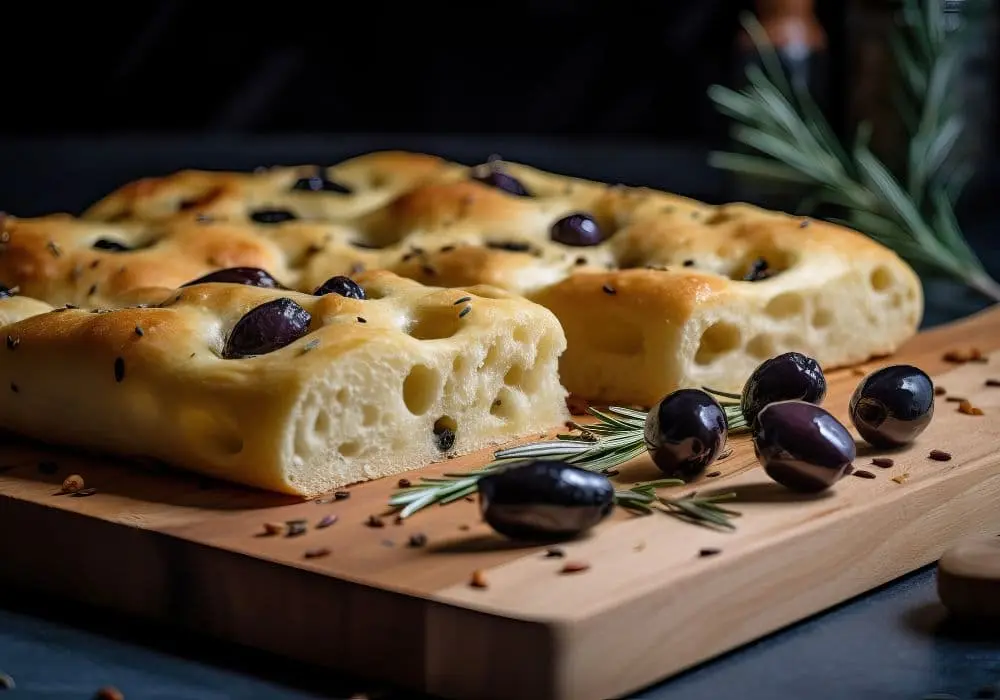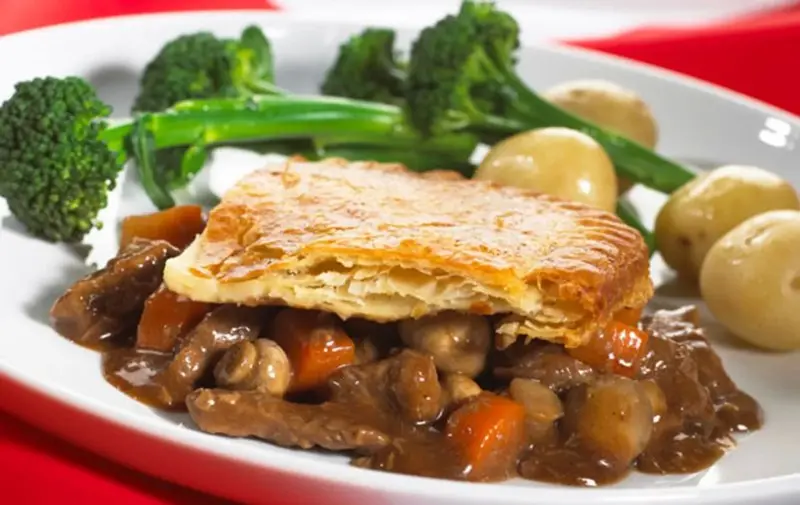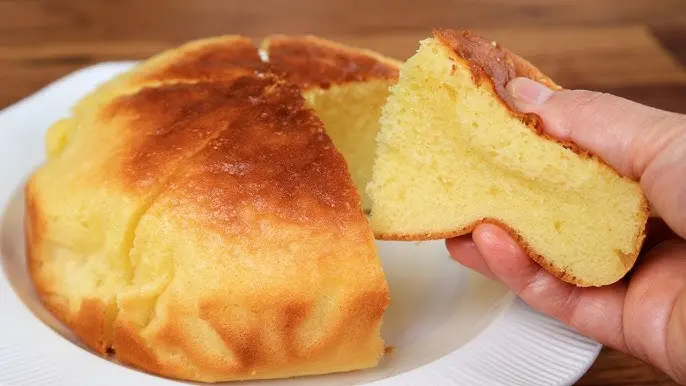Give your bread a rise
One excellent application for powdered milk is incorporating it into bread recipes. For this purpose, it's best to opt for high-heat milk powder, as it won't hinder the development of yeast or gluten like low-heat varieties can. Moreover, high-heat milk powders have a finer texture, allowing for a more uniform blend with your dry ingredients, which is crucial for successful baking. The elevated protein content in powdered milk contributes to the rising of your bread by promoting gluten formation, which supports the bubbles produced by yeast. This results in a light and airy bread structure.
Additionally, powdered milk can enhance your bread's crust, giving it a delightful crunch. When it comes to usage, the process is a bit more intricate. You can substitute milk powder for liquid ingredients or use it as an additive. However, it's important to remember that it serves as a supplement in bread baking rather than a cure-all. While it can enhance texture, it won't compensate for poor techniques or kneading errors that prevent bread from rising. Powdered milk is especially beneficial for adding flavor to baked goods, making it an excellent choice for enhancing the sweeter aspects of your baking endeavors.
A chewier, tastier dessert
Now, let’s dive into the delightful aspects of baking. Powdered milk does more than just help your bread rise; it’s a fantastic addition to a variety of baked treats, including brownies, cakes, and cookies. Its high protein content contributes to a tender and perfectly chewy texture in your cookies. Additionally, powdered milk enhances the texture of cakes, resulting in a wonderfully soft crumb. You might want to experiment with different types of powdered milk while baking. For instance, using a higher-fat powdered milk can further improve the texture of your baked goods, making your cakes or cookies irresistibly soft and delicious.
Speaking of deliciousness, powdered milk does more than just enhance the chewiness of your chocolate chip cookies (and if chewiness is your top priority, Jacques Torres has a fantastic flour tip for you). It can also add a touch of sweetness and warmth to your baked creations. You can elevate this flavor enhancement by browning your powdered milk. Simply spread it on a lined baking sheet and bake at around 280 degrees Fahrenheit for about an hour, stirring every few minutes. This process imparts a toasty flavor that pairs beautifully with many recipes, such as brownies, blondies, or vanilla cake.
To take it even further, consider mixing your powdered milk with browned butter, which intensifies the warmth and flavor (just imagine the taste of a chocolate chip cookie or pancake infused with powdered milk and brown butter). So, don’t overlook powdered milk as merely a pantry staple; it could be the secret ingredient to your most indulgent baking yet.
Recommended

Vanilla Caviar Is The Secret To Deeper, Richer Desserts (Without Any Fish Necessary)

An Expert's Advice To Help You To Tell When Your Focaccia Is Finished

The Best Substitutes For Baking Soda When You're Out Of Baking Powder Too

What's The Best Beer For Steak And Ale Pies?
Next up

